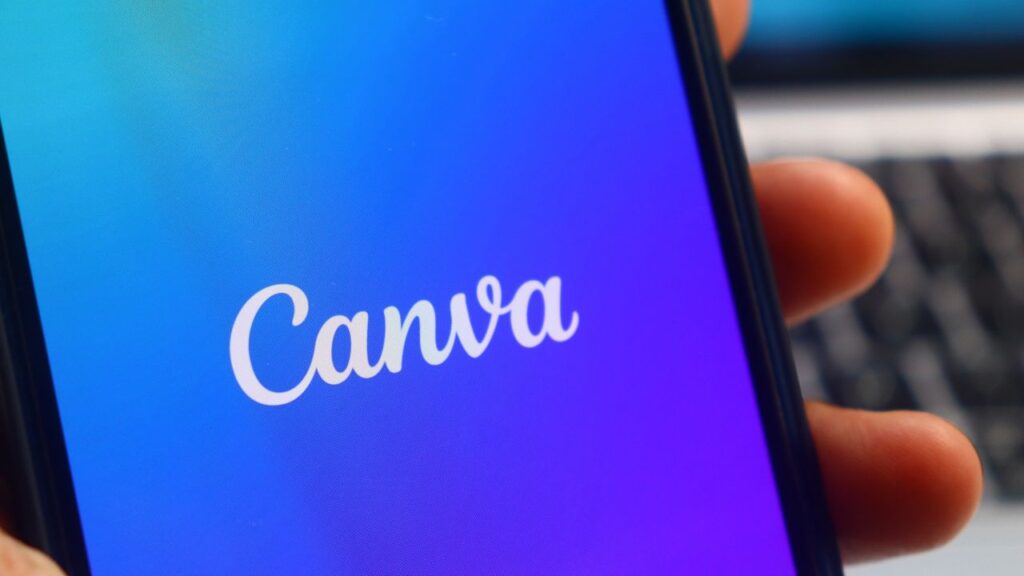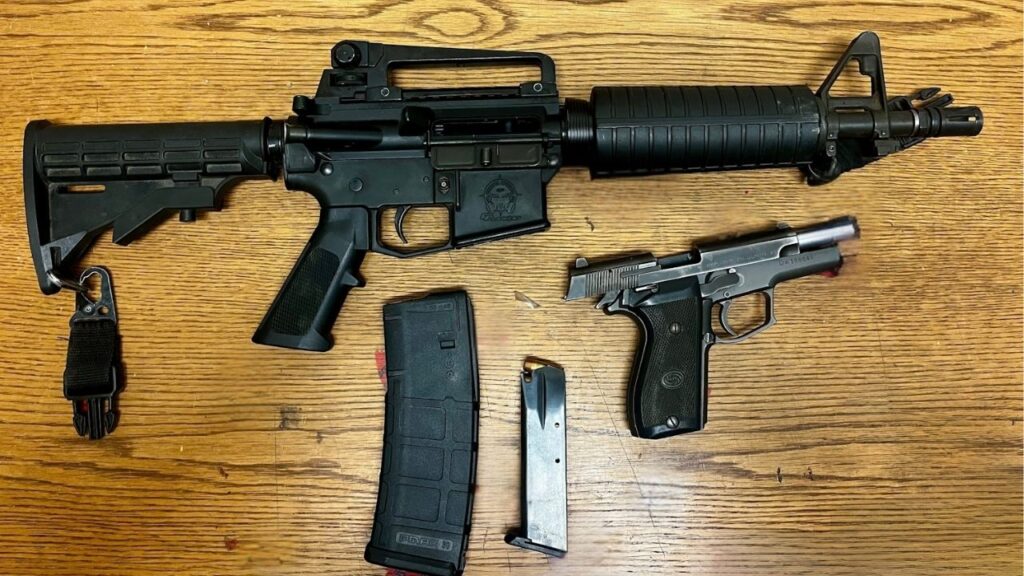Learn about the surprising places and ways you can use SNAP EBT food benefits, from farmers markets to online retailers. (Depositphotos)

- SNAP EBT benefits can be used at farmers markets, not just supermarkets.
- SNAP EBT benefits are now all electronic, replacing paper food stamps.
- Certain items like alcohol and hot prepared meals cannot be purchased with SNAP EBT.
Share
|
Getting your Trinity Audio player ready...
|
Did you know that SNAP EBT benefits used to be called food stamps and that recipients can use those benefits to get healthy food in places other than supermarkets? Farmers markets are one of those unexpected places that take SNAP EBT – and many markets are opening for the spring season now. Here is a roundup of surprising places and ways recipients can use those food benefits.
How SNAP EBT Food Benefits Work
Walk into nearly any grocery store nationwide and you’ll likely see a sign or sticker on the door that says the following: “We accept SNAP benefits.” That’s because when the U.S. government took over the food stamps program – now called SNAP – nationwide in 1974, the idea was to make it easier for low-income families to purchase groceries at supermarkets.
By 2004 preloaded plastic debit cards replaced paper food stamps, making the benefits all electronic. Thus the EBT in the program name. It stands for Electronic Benefits Transfer. In 2008 the entire food stamp program was renamed the Supplemental Nutrition Assistance Program, thus SNAP. These days, more than 22 million households receive these benefits.
What You Can and Cannot Buy with SNAP EBT
Keep in mind that you cannot use SNAP EBT to pay for every edible item that supermarkets sell. For example, alcohol, vitamins and hot prepared meals don’t qualify. With this latter category, you’re talking about a rotisserie chicken or any food you might purchase from a supermarket buffet area like at Whole Foods. That’s because SNAP focuses on food you buy and prepare at home.
On the other hand, cold items at the deli counter, such as sliced meats and cheeses, are covered. Why the difference? The U.S. Department of Agriculture (USDA), which oversees the SNAP program, considers these to be staple foods. What are some other staple foods? Fresh produce, dairy products, breads, cereals, meat, poultry and fish.
Unexpected Places to Use SNAP EBT Food Benefits
With regards to protein sources – meat, poultry and fish – many butcher shops and meat markets accept SNAP EBT. This includes stores specializing in seafood or farms that have a market on the premises.
Some convenience stores take SNAP EBT, too, including Circle K and Cumberland Farms. So do pharmacy chains like CVS and Walgreens. That’s probably because they sell food that qualifies as a staple.
Even online retailers are taking SNAP EBT now. For example, you can register to use your benefits when shopping on Amazon. Also, if you order groceries online from your local supermarket via Instacart, you can pay with SNAP EBT. However, you must pay delivery charges out of pocket as they are not covered.
“I grew up in a household that received SNAP EBT benefits,” said Kristen Wood of Flagstaff, Arizona, who writes the Moon and Spoon and Yum blog. “I was pleasantly surprised to see Thrive Market recently making headlines as the first online-only retailer to accept SNAP EBT. This gives me hope that a wider range of affordable, healthy options will soon follow suit.”
Related Story: What You Need to Know About California Housing and Corporate Landlords
Surprising Things Your Benefits Get You
As mentioned, the SNAP program is designed around feeding families. So, you may be surprised to learn what qualifies as food, what you can buy with those benefits and where you can shop.
For example, technically, pumpkins are edible. So, come Halloween, you could pay for pumpkins with your benefits.
Also, there’s nothing stopping recipients from growing their own food. So, go ahead and seed your garden – pun intended – using SNAP EBT, as long as you’re buying certain food-producing plants, trees and seeds. According to the USDA, “For every $1 dollar spent on seeds and fertilizer, home gardeners can grow an average of $25 worth of produce.” Note: you cannot pay for fertilizer using SNAP EBT.
Keep in mind that when buying plants and seeds to grow your food, not every retailer that sells them takes SNAP EBT. For example, Walmart does. Home Depot does not. The USDA site has a retailer locator tool to help you find participating stores near you.
States with Unique SNAP Programs
Some states help recipients stretch their SNAP EBT benefits in unexpected ways. This is especially important since a pandemic-related bump in assistance ended last year.
There are nine states that let you use SNAP EBT at local restaurants. This is part of the USDA Restaurant Meals Program. It is designed for recipients ages 60 and older who might not be able to prepare meals for themselves or who do not have permanent housing for storing and preparing food. Right now, Arizona, California, Illinois, Maryland, Massachusetts, Michigan, New York, Rhode Island and Virginia offer this benefit to qualifying residents.
In Maine, SNAP EBT recipients can earn what’s called Maine Harvest Bucks. So, for example, if they spend $20 of their SNAP EBT benefits on fresh produce at a Maine farmers market, farm stand or CSA – Community Supported Agriculture farm – they’ll receive $10 in Maine Harvest Bucks to spend on additional healthy food. Other states, including Rhode Island, Utah and Georgia, offer similar incentives at farmers markets.
Finally, Alaska may have the most unusual SNAP EBT benefits of all, as Laura Sampson of Little House Big Alaska explained. “I’m a lifelong Alaskan and know that there are remote areas in my state where access to food stores is extremely difficult, ” said the Palmer, Alaska resident. “It’s amazing that SNAP EBT recipients here can use those benefits to purchase essential hunting and fishing gear, from nets to knives, ensuring traditional subsistence practices thrive.”
Final Thoughts
It’s important for anyone using SNAP EBT to understand exactly how they can get the most out of those food benefits. From buying plants for homegrown food to getting fruits and vegetables at farmers markets this spring, don’t miss out on the unexpected ways your SNAP EBT benefits can feed your family.
Leah Ingram is the author of 15 books on shopping and saving money, and she writes Southern Maine on the Cheap.
RELATED TOPICS:
Categories

Dan Bongino to Step Down From FBI

Judge Allows Trump’s Ballroom Project to Proceed for Now

Canva Down for Thousands, Downdetector Reports
















